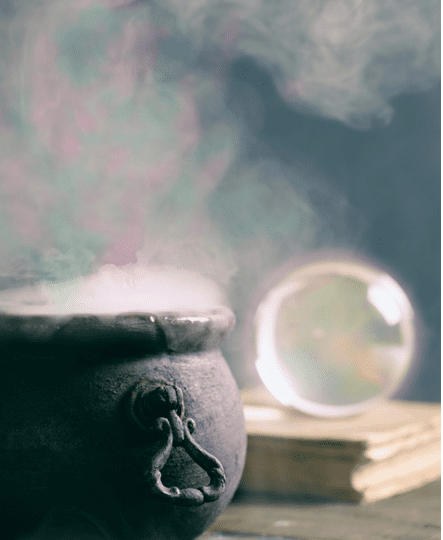🎃 Halloween is coming up this Friday! Join us all week as we celebrate with a different Halloween character each day!
Ancient Roots of Witchcraft
The history of witches is as intricate and mysterious as the spells they are often depicted casting. The concept of witchcraft stretches back thousands of years, with its roots deeply embedded in ancient pagan traditions. In many early cultures, witches were considered wise healers, seers, and custodians of sacred knowledge. These figures often held esteemed positions within their communities, revered for their understanding of herbal medicine, spiritual guidance, and their connection to the natural world.
Witchcraft in the Middle Ages
As societies evolved, so did perceptions of witches. During the Middle Ages, a period marked by superstition and fear of the unknown, the image of the witch began to shift. The rise of Christianity brought with it a growing suspicion of pagan practices. Witches, once seen as benevolent figures, were now often portrayed as malevolent beings in league with dark forces.
This transformation in perception led to the infamous witch hunts that swept across Europe and later, colonial America. Thousands of individuals, predominantly women, were accused of witchcraft and subjected to trials that often ended in execution. The fear and hysteria surrounding witchcraft during this time are a testament to the power of belief and the dangers of scapegoating marginalized groups.
The Association with Halloween
The connection between witches and Halloween can be traced to the ancient Celtic festival of Samhain. Celebrated on the night of October 31st, Samhain marked the end of the harvest season and the onset of winter—a time when the boundary between the living and the dead was believed to be at its thinnest. During Samhain, it was customary for Celts to light bonfires and wear costumes to ward off roaming spirits.
As Christianity spread, the church sought to replace pagan festivals with Christian holidays. Samhain was eventually transformed into All Hallows’ Eve, the night before All Saints’ Day, which later became known as Halloween. Despite these changes, many of the original traditions persisted, including the imagery of witches, which became intertwined with the holiday’s themes of otherworldliness and the supernatural.
Witches in Modern Halloween Celebrations
Today, witches are an iconic symbol of Halloween, embodying the spirit of mystery and enchantment that defines the holiday. This transformation from feared figures to beloved symbols of Halloween is partly due to literature and popular culture. Stories like “Macbeth” by Shakespeare and films such as “Hocus Pocus” have contributed to the whimsical and sometimes comical portrayal of witches.
Modern Halloween celebrations embrace this imagery with costumes, decorations, and media that often depict witches as powerful, independent, and sometimes misunderstood characters. This shift reflects a broader societal change in the perception of witches, acknowledging their historical significance while celebrating their mythical allure.
Conclusion
The journey of witches from revered healers to feared outcasts and finally to cherished symbols of Halloween is a fascinating narrative that highlights the interplay between culture, belief, and tradition. As Halloween approaches each year, the figure of the witch reminds us of the rich tapestry of history and the enduring power of myth and legend.




